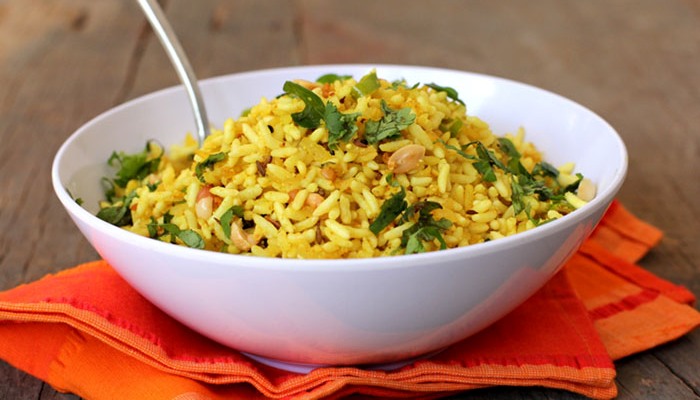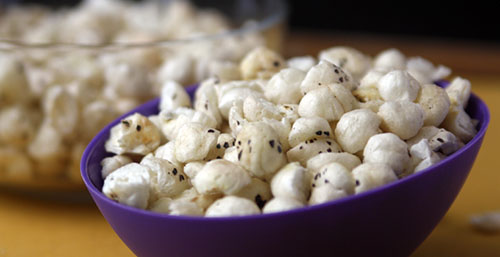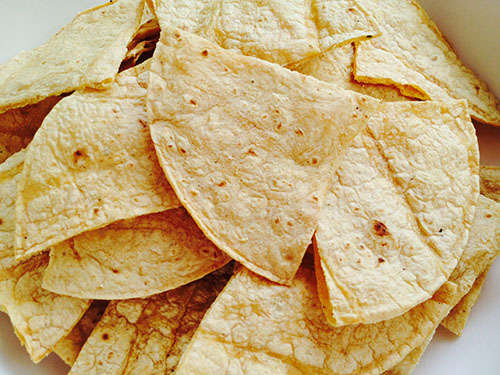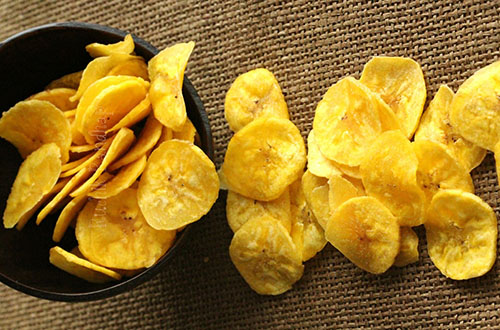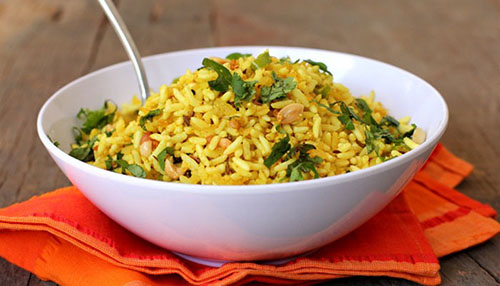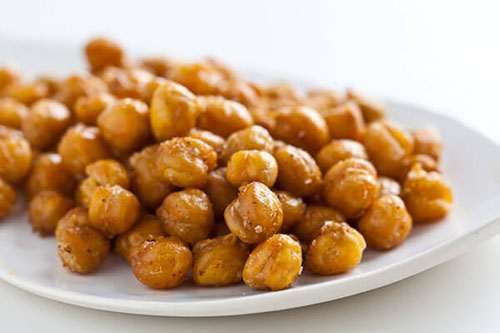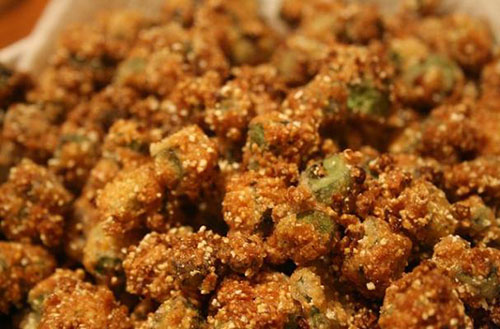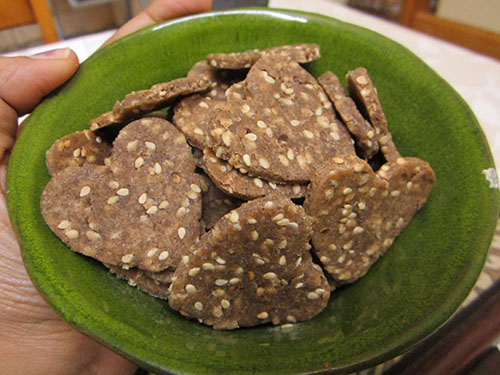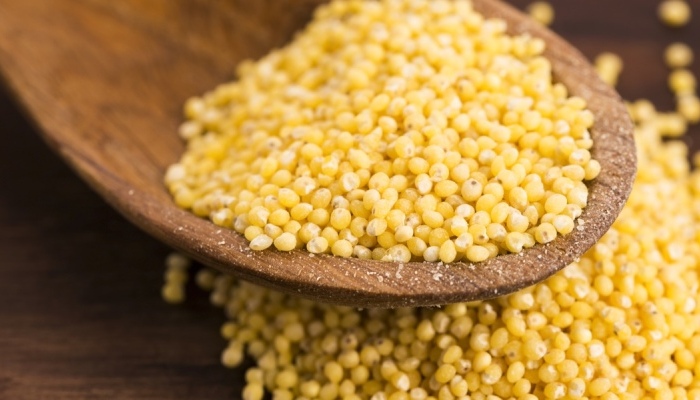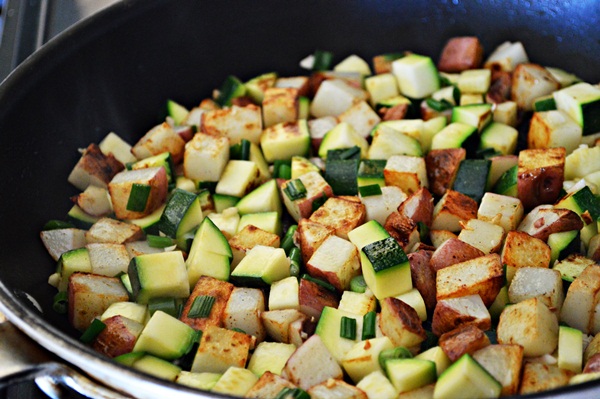
Eating out is a fashion or trend?
Today, most of us enjoy eating out and going to the restaurant is very common trend.
If you are a regular restaurant visitor you need to discipline yourself as it takes toll on your weight and impacts your health.
The biggest problems we faced while eating out are increased fascination towards outside food and eating in large portions. You can make the outing healthier by selecting the right food for yourself from different cuisines. It will help you in making eating out a joyful experience. This joyful journey starts with our very own “GPRS tool’ which resolves and simplifies all your food related queries.
G-Grilled, P- Poached, R-Roasted, S- Steamed
Select healthier meals from
(I) North Indian Food
We all love to try different cuisines among which North Indian foods is quite famous.
When we you go out choose low fat gravies and food without the cheese. Prefer more starters which have been roasted or grilled chose tandoori food.
1- Avoid curries which contains the highest amounts of fat. If you need to opt for it take out the pieces from it and have it ignoring the gravy. Food like (Lentils made in Butter) dal makhnai and other preparation with cream are rich in fat. Whenever you tend to eat it avoid top portion and take from the bottom as fat floats on the top and can impact our weight leading to various diseases. Eat in moderation.
2- Avoid friend breads (parathas ,puris). And Pulao. Opt for chapatti and steamed rice or tandori roti which is preferable to bread made of refined flour.
3- Have more baked products.
(II) South Indian meals
1- Go for big Idlis or large plain dosa. If possible go for lentil (dal) based filling avoid potato based fillings as they are contain fat layer.
2- Lentil based puffs (Dal Vada) well squeezed and drained on tissue also makes a good choice. Complement it with good veggies and green salad.
3- Non -Veg chicken, fish, prawns along with measured portion of grains/cereals is a good choice.
4- Keep yourself away from deserts as they are rich in sugar.
Today’s trendy and kids favorite Chinese food.
1- Start meals always with large helping soups without thickening sweet corn, noodles etc.
2- Go easy on fluid appetizer.
3- Order steamed rice instead of fried rice.
4- Always follow half plate rule. Fill mostly half the plate with green veggies and salad.
5- Light stir fried vegetables, tofu, chicken, fish, are good choices and very must satisfactory.
6- Reduce high salt food as it contains too much of sodium.
(III) Italian Cuisine
- Skip bread and breadsticks. Ask for olives or a salad. Choose grilled sea food, lean meats, and breasts of chicken with extra vegetables added to it.
- Chose a thin crust Pizza over the regular one. Two slices are good to eat.
- Opt for tomato gravy as white gravies are rich in fat and serves extra calories.
- Add a dash of parmesan cheese or olives to add taste and make you feel satiated.
Greek and Lebanese
1- Go for chicken kebabs/fish with salad. Resist pitas and wraps as they have high carbs.
2- Avoid heavy deserts.
Mexican food
1- Order sour cream and guacamole on the side and top it with low fat salad.
2- Order soft food rather than crispy as the food is fried for the crispness.
3- Go easy on Nachos and cheese. Order low fat soups.
4- Good choices include rice and beans and tamales, tostadas and stuffed with vegetables and shrimp or chicken.
I assure you this blog is going to help everyone reading it to make the right and healthy choices while they are out in restaurants. Keep enjoying life but, not at the cost of your health.
